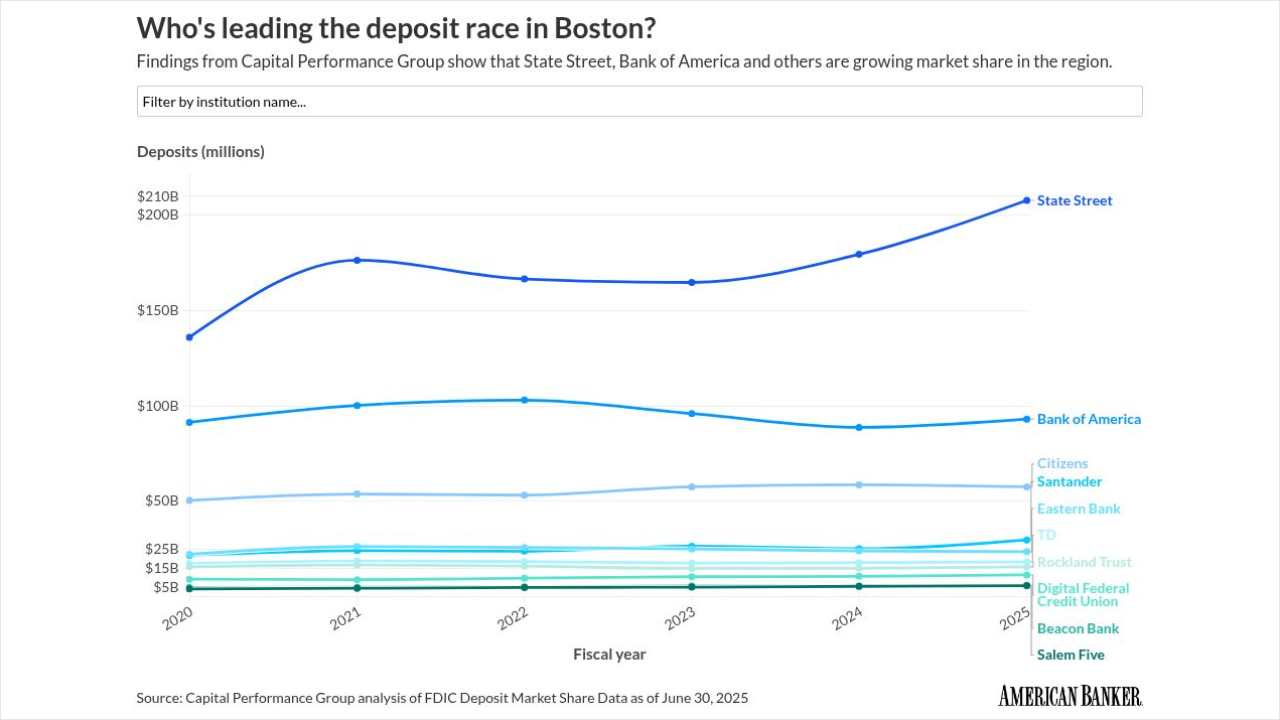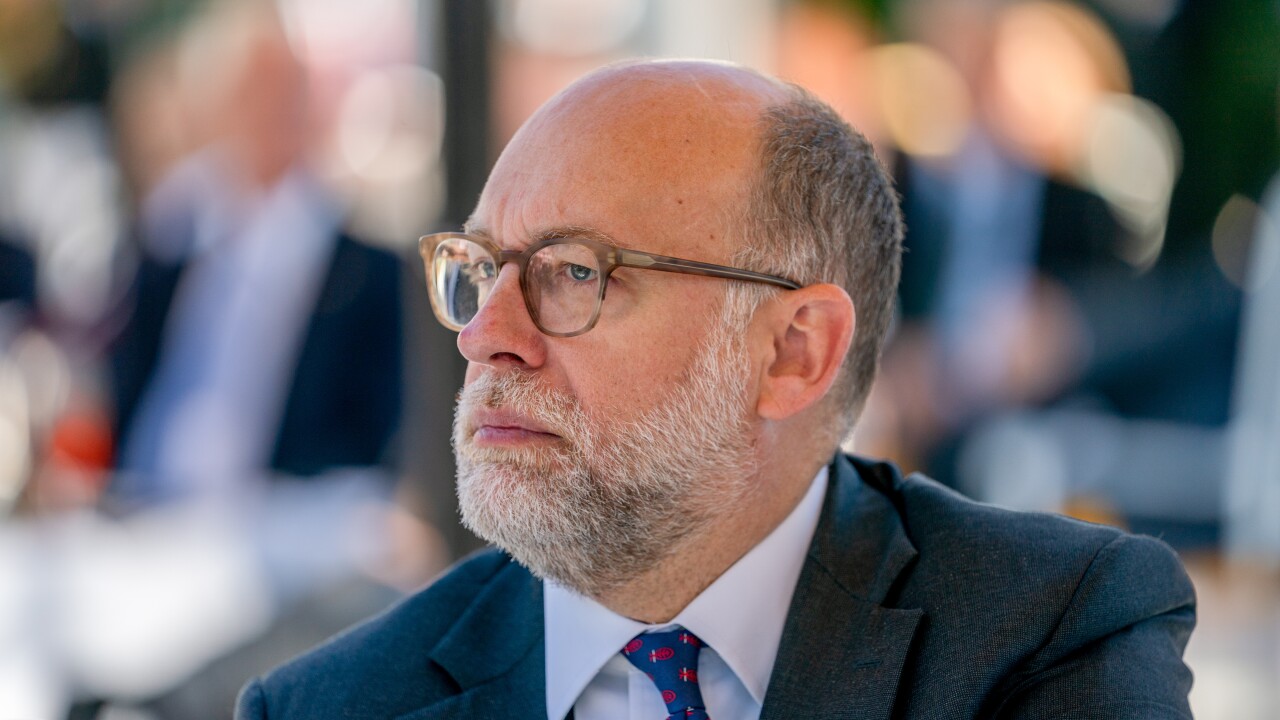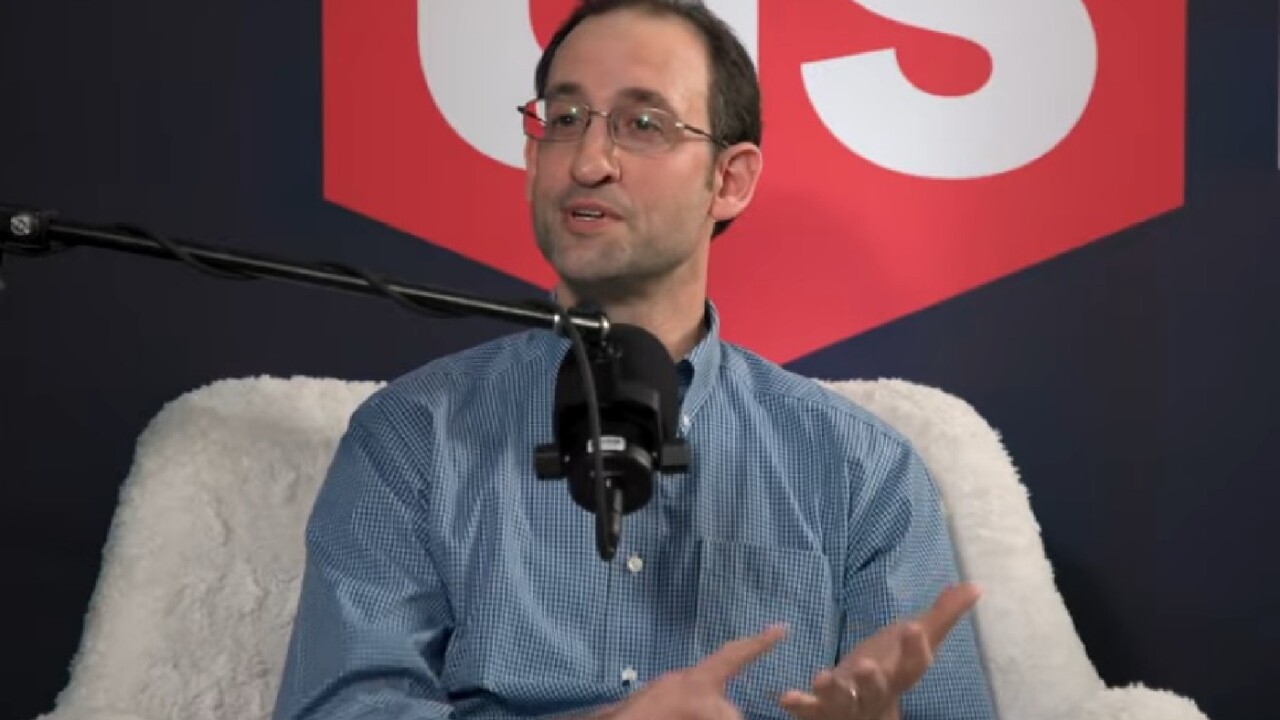It's no longer enough to just have a network of ATMs. These days, you've got to have a plan, too. With not just banks, but credit unions and convenience stores continuing to boost the country's total number of ATMs, money center and regional banks are left with ATM networks-a fixed cost-that may see transactions dwindle in the years to come. "The playing field is leveling," says Tony Hayes, analyst at Dove Consulting. "Accessibility used to be a big bank's value proposition. That's not completely true anymore."
To compensate for potential losses, many institutions have relied on transaction surcharges of between $1 and $2 for non-bank customers. And while the surcharge may be a boon for the bank's bottom line, it's also drawn the ire of countless consumers. But one bank, convinced that the ATM has become more commodity than competitive advantage, has found a unique method of leveraging its ATMs, sans surcharge, in a bid to turn a profit off of its nearly 2,400 machine network.
Cleveland-based Key Bancorp, roughly two years ago launched what it calls the "Agent Bank" project, a program in which the $85 billion-asset bank essentially rents out portions of its ATM network to smaller institutions seeking to expand their presence and compete with larger neighboring banks. Customers of Key's "Agent Banks" may use any Key ATM, in addition to their own institutions', without being hit with a surcharge, and usually without being hit with a transaction fee at the end of the month as well.
The concept of a surcharge-free network is not necessarily new-organizations like NYCE's SUM network, eFunds subsidiary AccessCash and Momentum Cash offer thousands of their machines to financial institution partners-but the Key program is believed by many to be the first such full-scale initiative by a bank itself. And some say the program may be an indication that banks are changing their attitudes about both surcharges and their ATM networks as a delivery channel. "Most banks focus on getting the most value out of the individual relationships they have with their existing customers," says Hayes. "But they're not focusing on how they could get more value from their existing channels."
Key may have found a way to do just that. Brian Sismour, the vp and director of sales for Key's Agent Bank program, says after two years the project is starting to pick up some traction, and as of March the bank will have nearly 50 financial institutions, from California to Maine, offering Key ATMs as if they were their own. Sismour says he hopes to see that number rise to 100 by the end of 2003.
All of Key's client institutions are community banks and credit unions, roughly a 50-50 split, that Sismour says were looking for a relatively inexpensive way to better service their customers. Agent banks rent Key ATMs by the state and pay a one-time implementation fee up-front that is generally under $1,000. The agent banks then continue to pay Key a monthly processing fee, which Sismour says is "minimal," but would not disclose specific dollar amounts. In addition to the processing fee, an agent bank pays Key for each of its customers' transactions at a Key machine, a fee believed to be between 20 and 25 cents per transaction. "To get set up on the network costs about two percent of what it would cost for one of these firms to purchase and set up a new ATM," says Sismour.
But Sismour also says the cost to get set up may not be a reason that community banks and credit unions have opted to go with Key over other surcharge-free networks. The advantage Key has, as would any other major bank if they were to take on a similar initiative, Sismour says, is identity. "We have a common name and a common logo in any of our customer's footprints," says Sismour. "It's easy for a consumer to understand where they will get surcharge- free access at an ATM."
In the case of the NYCE SUM Network, a financial institution that issues NYCE ATM cards joins the SUM network by contributing a portion of their own ATMs to the overall network, according to Will Peirce, director of network services for NYCE, and the head of the SUM Network. In exchange for joining SUM, a financial institution's customers get surcharge-free access at any other ATM in the SUM network. Peirce says SUM currently has just under 3,000 ATMs in the network contributed by 500 institutions, all in the Northeastern US.
"It's a very clear message to the consumer," says Peirce, refuting Sismour's claim that it is difficult for consumers to easily identify ATMs in the SUM network. "Our financial institutions issue lists and maps to their customers, and the SUM logo is very identifiable ot to mention that they have 500 banks and credit unions to choose from."
But whether a community bank or a credit union opts to go with Key, SUM or any other network, small institutions are definitely making it clear that they want provide their customers with more ATM access-especially without asking their customers to shell out a fee at a foreign ATM.
And the competition is only expected to get even tougher. A new surcharge- free network, ATM National, is finally going to make its much-anticipated debut, according to Ben Psillas, president and founder, in either late March or early April. Psillas says ATM National has over 20,000 machines in its network.
Both Hayes and Sismour say they wouldn't be surprised to see a handful of large financial institutions jump into the ring this year as well. "They have the networks, and they need the transactions," says Sismour. "They've just been waiting to let someone else to cut their teeth and see if it works."





